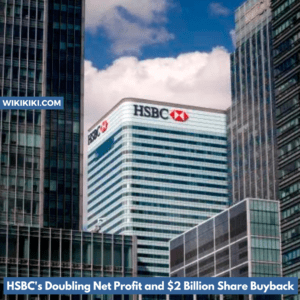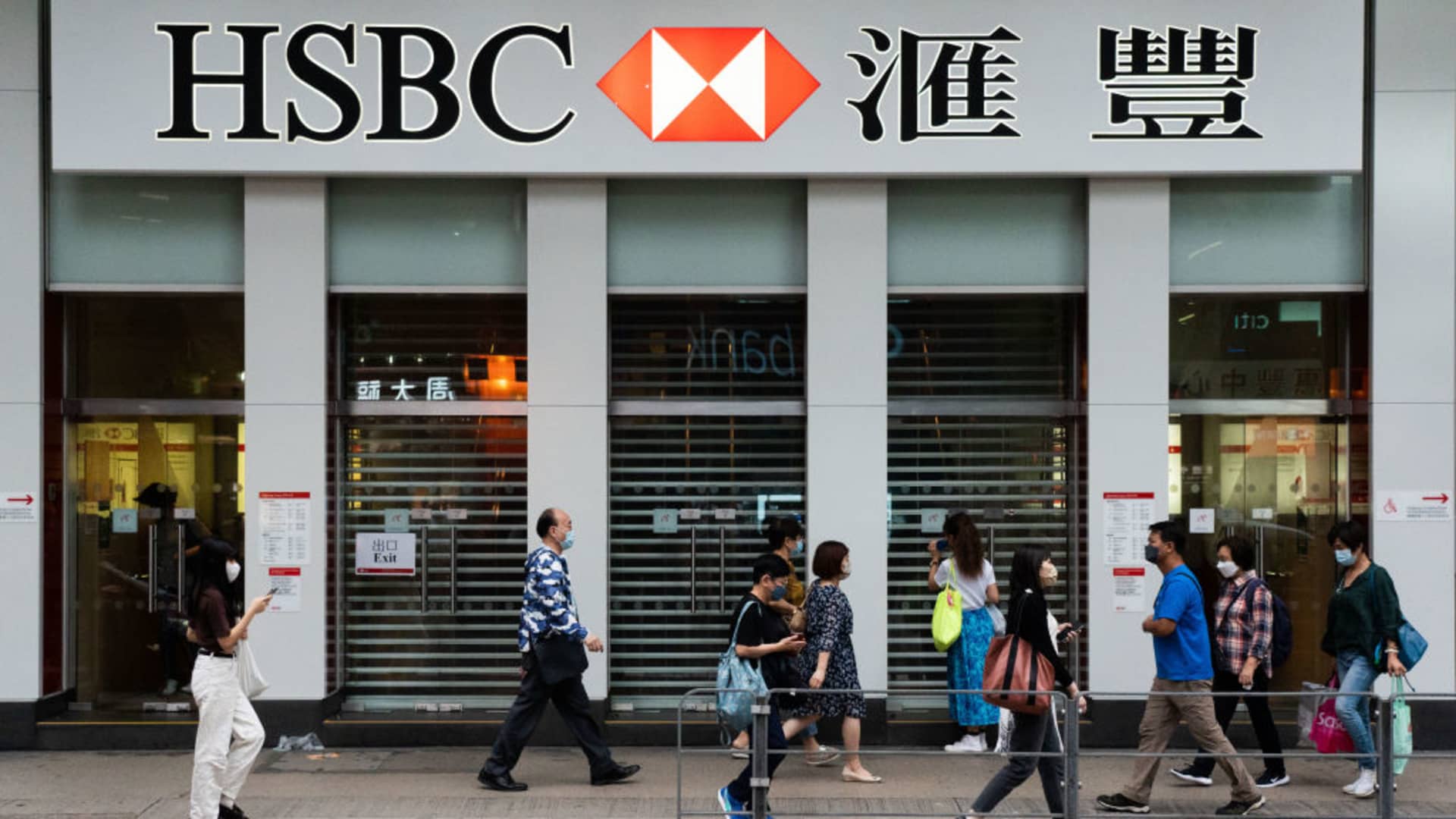HSBC recently released its first-half financial results, revealing a surprising doubling of net profit to $21.7 billion, compared with $9.2 billion in a similar period a year prior. The bank’s success has been powered by various factors, including rising global interest rates and the positive impact of planned asset sales. Moreover, HSBC has reported a generous share buyback of up to $2 billion, further boosting investor confidence.

Also Read: Evergrande Group Reports Massive $81 Billion Loss Over Two Years
Sources Related to HSBC Bank (For R&D)
- History of HSBC Bank
- About HSBC Holdings PLC
- HSBC Bank History: Founding, Timeline, and Milestones
- HSBC: the bank with a shameful past and scandalous present
- The story of HSBC India: An epic journey of over 160 years
- Top 3 Shareholders of HSBC
- HSBC – statistics & facts
HSBC’s first-half net profit of $21.7 billion
HSBC’s first-half net profit of $21.7 billion denotes a critical achievement for the bank. The stellar performance can be attributed to a several key elements, including the overall improvement in interest rates worldwide. As national banks all over the world have raised borrowing cost to battle inflation, this has considerably supported moneylenders’ income and positively impacted HSBC’s bottom line.
Moreover, the bank’s revenue flooded by a surprising $12.3 billion to reach $36.9 billion during this period. This 50% increase year-on-year was attributed to hearty income development across all business lines and item regions.
Prominently, the commercial banking and retail and wealth management divisions played pivotal roles in driving revenue, with gains of nearly 40% in income.
HSBC’s authority stays focused around remunerating its investors for their continued support. Considering the bank’s solid financial performance, the board has approved a second interim dividend of $0.10 per share. Moreover, HSBC has revealed plans for a share buyback program amounting to $2 billion, effectively returning capital to shareholders.
Also Read: Binance Layoffs Over 1,000 Employees Amid Regulatory Pressure
This essential move improves the bank’s value proposition but also instills confidence in investors regarding HSBC’s future prospects. The decision to buy back shares highlights the bank’s obligation to long term sustainable growth and aligns with its goal to create value for its stakeholders.
One of HSBC’s key strength lies in its geological expansion. With around 66% of its income created from the Asian markets, the bank has been able to navigate the challenges posed by varying global economic conditions.
While a portion of its peers have confronted tension from governments and regulators to give higher interest rates to depositors, HSBC’s diverse operations have provided it with greater flexibility in managing these challenges.
HSBC’s focus on growing its business in Asia has demonstrated to be a productive undertaking. Despite the uncertain economic outlook, especially in the UK, where inflation and interest rate hikes are affecting families and organizations, the bank’s emphasis on emerging markets has shown resilience.
The bank’s long-term growth strategy involves identifying new opportunities to drive revenue diversification. Corporate banking, international wealth management, and international retail banking for affluent clients have been identified as key growth areas.
Also Read: Mortgage Rates in Britain Hits 15 Year High, 2-Year Rate Hit 6.66%
CEO Noel Quinn underlined the bank’s obligation to diversifying its revenue streams further. He stays optimistic about the future, even in the face of the challenges posed by interest rate regimes and the evolving global economy.
While HSBC’s investment banking division saw a 16% rise in pay during the first half, it is the bank’s commercial banking and wealth management divisions that have been standout performers. The commercial banking division profited from increasing lending margins as central bank rates surged higher.
Nonetheless, the bank stays cautious about the future, warning of potential pain for customers, especially in Britain, where mortgage rates are expected to climb as more customers roll off fixed-term deals. The bank’s higher credit loss of $1.3 billion in the first half was partly attributed to its openness to the Chinese commercial real estate sector and the UK commercial banking market.
Also Read: The $64 Billion Merger between HDFC and HDFC Bank

/cloudfront-us-east-2.images.arcpublishing.com/reuters/XRIUWNB7TNN4NCYYG5XRH2SP4E.jpg)























+ There are no comments
Add yours